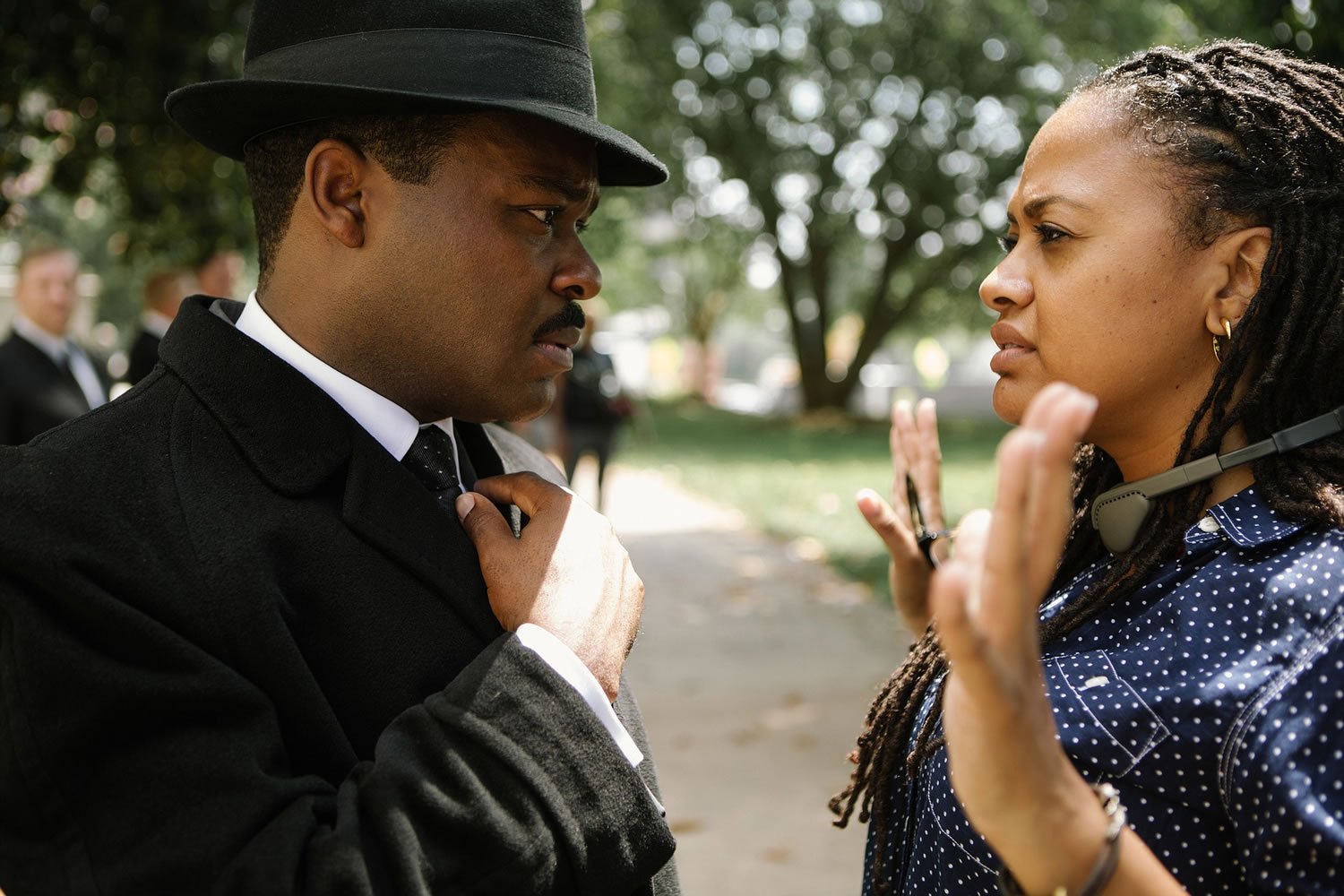It’s altogether fitting that a movie called “Whiplash” was the last one named Thursday when the nominations for best picture were announced by the Academy of Motion Picture Arts and Sciences.
If the 87th Academy Awards line-up reflects anything, it’s an industry painfully — and occasionally exhilaratingly — torqued by social, technological and creative forces it can’t quite keep up with.
As the lucky nominees were identified — first by the directors J.J. Abrams and Alfonso Cuaron, then by actor Chris Pine and Academy President Cheryl Boone Isaacs, an organization that has already been criticized for being old, white and male looked increasingly so. With such right-on exceptions as Sandra Adair in the editing category, precious few women were nominated for the top technical and creative awards.
High-profile snubs included the author Gillian Flynn, who adapted her novel “Gone Girl” for the screen, and “Selma” director Ava DuVernay, who just a few days ago was the first African-American woman ever nominated in that category at the Golden Globes. David Oyelowo also was overlooked for what most critics and viewers agree is a stunning performance as Martin Luther King Jr. in the film.



